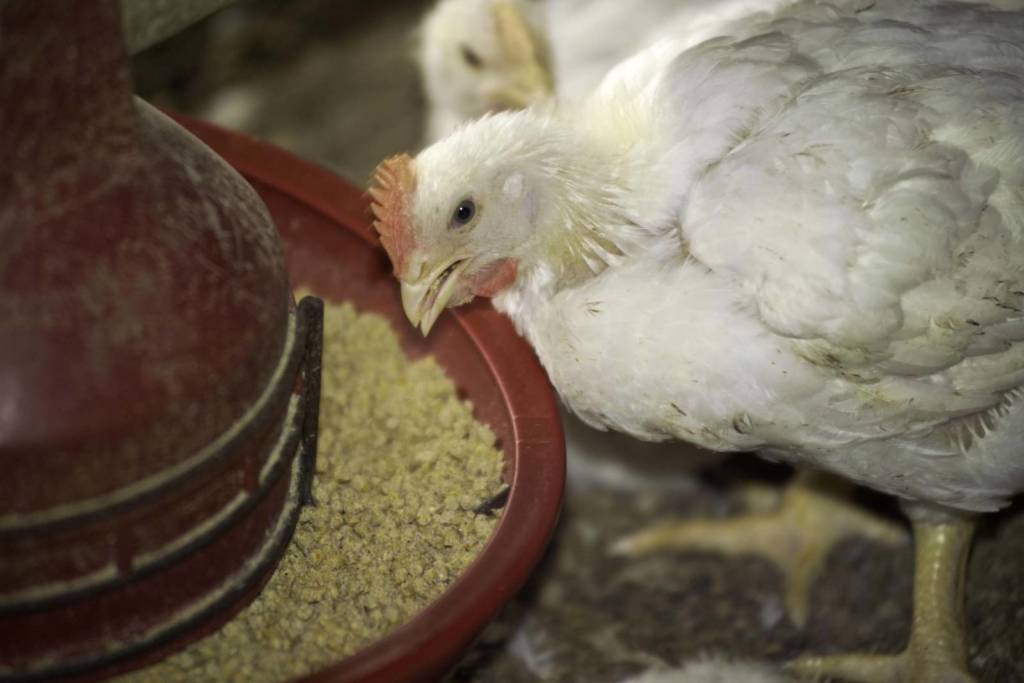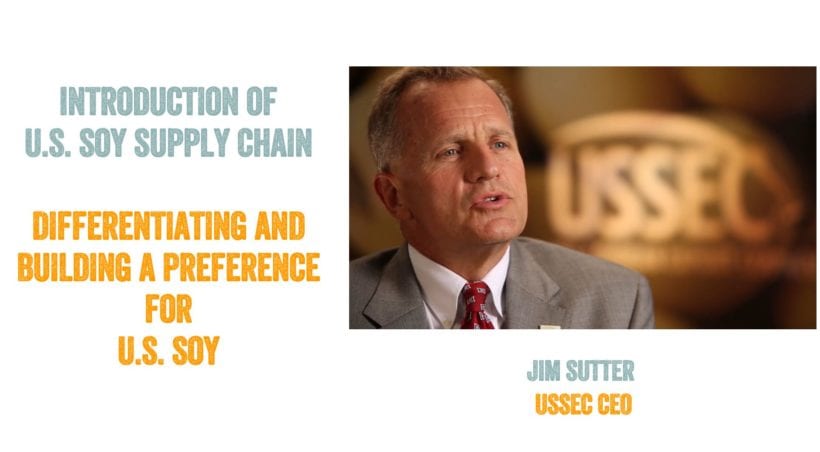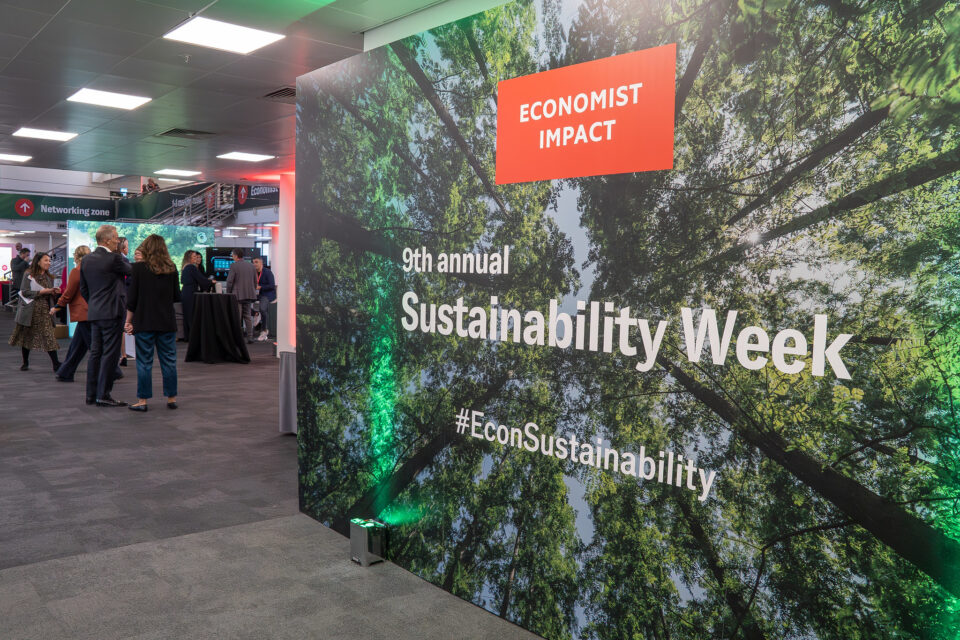
In an effort to support the traders, crushers, and end-users from South East Europe under the current circumstances, USSEC sponsored the First South East European Regional Roundtable Online Conference, which was organized during the third week of June and broadcasted from Bucharest, Romania. The event was dedicated to the feed, poultry, and livestock industries in Romania, Bulgaria, Greece, Croatia, and Slovenia, hosting participants from the region and the neighboring area. Over 160 registered participants from 17 different countries logged into the digital event platform to watch and listen to the 14 high profile speakers lined up for this event.


“The experience gained by the European feed and livestock industry during the lockdown period March – May must be evaluated and shared with the stakeholders of the animal protein production chain,” stated Dr. Iani Chihaia, the president of the Romanian Feed Manufacturers Association-ANFNC in his opening speech. “As such, the Romanian Feed Manufacturers Association – ANFNC took a leading role and initiated the first South East European Regional Roundtable Online Conference with the goal to discuss how to strengthen the supply chains for sustainable feed ingredients, based on the experience learned during the recent crisis and how the suppliers and end-users should work together to increase the resilience of the feed ingredients supply systems.”


Decision makers, purchasing managers, crushers, feed technologists, nutritionists, quality control managers, researchers, and academia joined the five-hour online webinar and were eager to learn how the current crisis could impact long-term implications, even if the lockdown ended.
Participants learned how supply chains should achieve resilience, how the supply chain is adapting, and critically, what steps might be required to ensure feed and food continues to reach end-users and, finally, consumers. The ongoing world public health crisis has shown how vulnerable the agriculture and animal industries are, and how important supply chains, including farmers, logistics, and shipping are for feed and food security. Efficient and well-functioning supply chains are often hidden to end-users, but they are essential to making sure the end-users can purchase the raw materials and feed additives they need to manufacture feed for animals.

Another topic followed with high interest was the soy protein market outlook, with particular attention paid to main challenges and potential supply constraints presented by Daniel Herrero, Global Soybean Meal Manager at Bunge, Switzerland.

“U.S. Soy is a key ingredient for the animal protein production chain, and we want to make sure that the European feed and livestock industries have access to both market information and contacts with the U.S. soy exporters. In this regard, our roundtable event is a platform where end-users and U.S. soy exporters should meet and reconnect to discuss future business,” concluded Dr. Chihaia. “In the new context, regional cooperation is more important than ever before. Another key goal of the roundtable event was to look with fresh eyes at the regional cooperation possibilities, taking into account that the countries invited to join the efforts have common borders, roads, and railways. Judging from the feedback we received from the conference participants, the message of U.S. Soy efficiently reached the customers from this area of Europe.”
